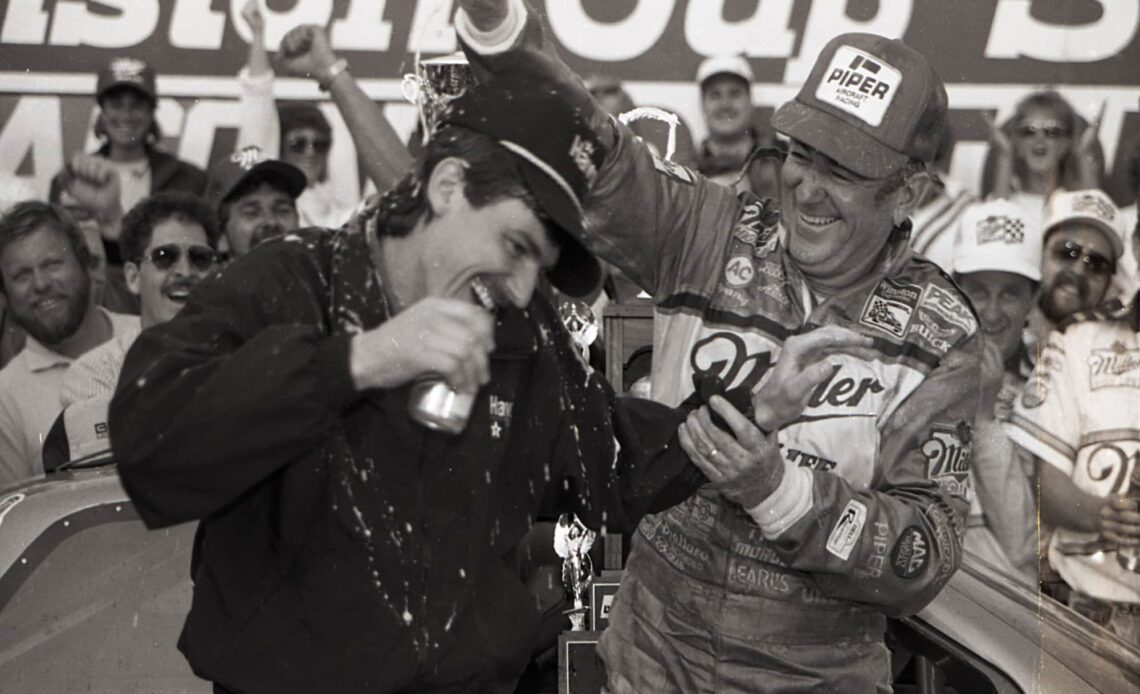Today, the 1988 Daytona 500 is likely best known for the battle for the victory between Bobby Allison and his son Davey. A classic moment in the history of NASCAR for sure, a feel-good moment at minimum.
However, there were a lot of stories surrounding the Daytona 500 on Valentine’s Day 1988. It was very much the beginning of a new era in the NASCAR Cup Series, especially in superspeedway races.
The previous few years prior to 1988 was something akin to an arms race in NASCAR at superspeedways. Technological improvements, more power and more streamlined bodies (partially due to changes in street cars, such as the move towards sealed-beam headlights instead of all-in-one rectangular units) led to increased speeds.
Cale Yarborough set the first lap at Daytona International Speedway over 200 mph on his first qualifying lap in 1983. He didn’t get to start there since he flipped the car on his second lap. From there, the speeds only increased, up to 205 mph in 1986.
1987 saw a rule change that actually increased speeds even more. At the behest of Goodyear, NASCAR dropped the minimum weight for Cup cars from 3,700 lbs. to 3,500 to relieve some of the stress on the tires. As a result, Bill Elliott won the pole with a lap at 210.364 mph, still a record to this day.
At these speeds, the fear of airborne crashes was very real. The Twin 125s in 1987 saw a scary crash where Phil Barkdoll spun in the tri-oval, flipped over and nearly hit the catchfence upside down. He walked away after clambering out of his Oldsmobile Delta 88 on the passenger side.
No changes were made after Daytona other than to cut qualifying from two laps to one at superspeedways. Elliott then won the pole at Talladega Superspeedway at 212.809 mph, an all-time record.
It didn’t take long in the race for trouble to erupt. 21 laps into the race, Bobby Allison’s Miller American Buick LeSabre suffered an engine failure in the tri-oval. A piece broke off of his engine and blew the right rear tire, resulting in the No. 22 spinning out and getting airborne.
This was one of the most frightening moments in NASCAR history. The catchfence did its job well to keep the LeSabre out of the grandstands, but fans were injured in the aftermath.
It was this crash that convinced NASCAR that the ever-increasing speeds at Daytona and Talladega were no longer tenable. For the July superspeedway races, NASCAR…
Click Here to Read the Full Original Article at …

